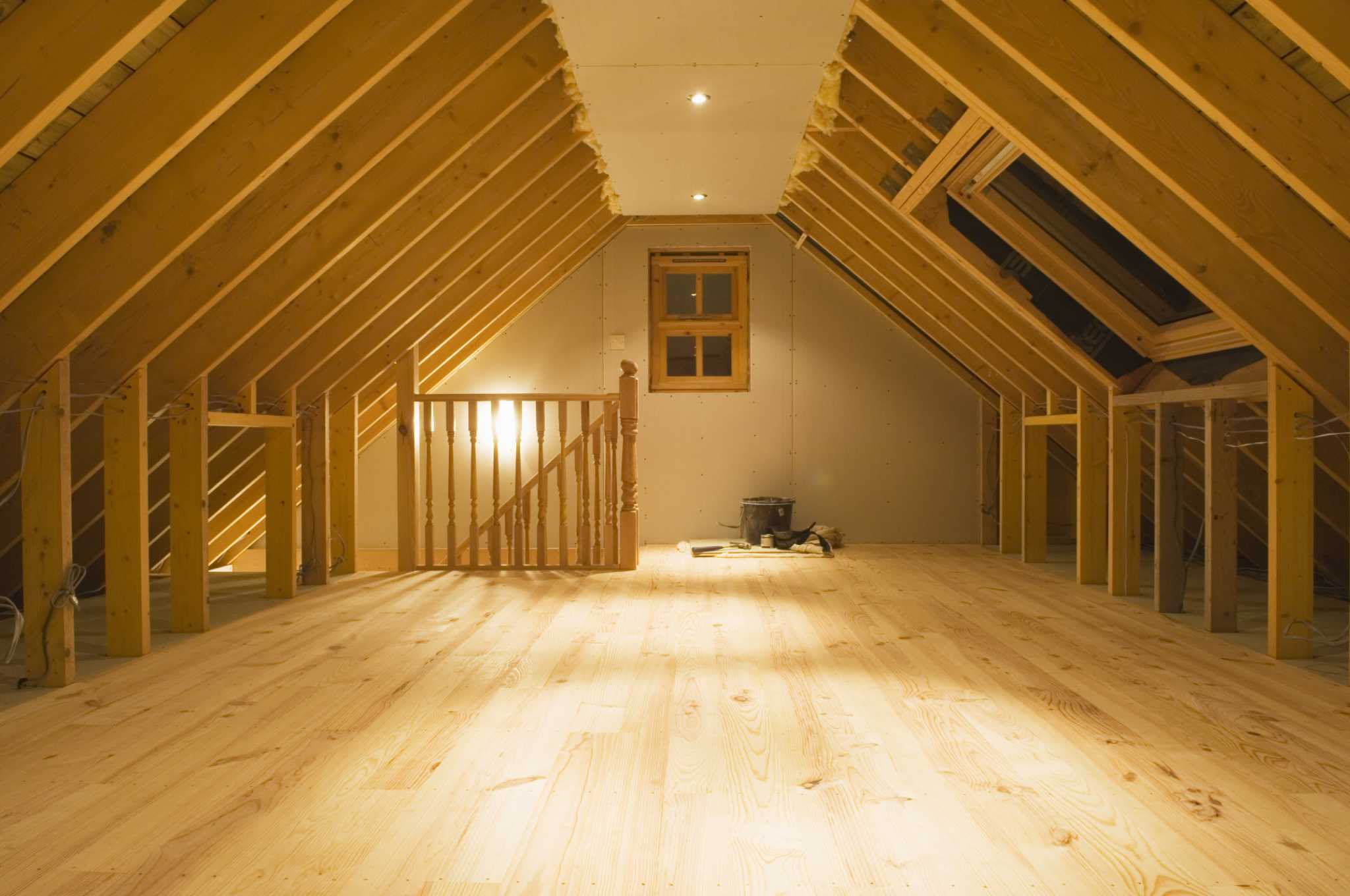

Articles
What Size Insulation For 2X8 Floor Joist
Modified: October 20, 2024
Get expert advice on choosing the right size insulation for your 2x8 floor joists. Read informative articles to make an informed decision and improve energy efficiency.
(Many of the links in this article redirect to a specific reviewed product. Your purchase of these products through affiliate links helps to generate commission for Storables.com, at no extra cost. Learn more)
Introduction
Welcome to our comprehensive guide on selecting the right insulation size for 2×8 floor joists. When it comes to insulating your home, the right choice of insulation material and size can make a significant difference in energy efficiency and overall comfort. Insulating your floor joists is particularly important as it helps to prevent heat loss, improve soundproofing, and contribute to a more comfortable living environment.
In this article, we will explore the different factors to consider when choosing the insulation size for 2×8 floor joists. We will discuss the importance of proper insulation, the options available, and provide recommendations for achieving optimal insulation performance.
Whether you are constructing a new home or looking to upgrade the insulation in an existing property, understanding the requirements and best practices for insulating your floor joists is essential. So let’s dive in and discover everything you need to know!
Key Takeaways:
- Proper insulation for 2×8 floor joists is crucial for energy efficiency, soundproofing, and moisture control. Consider R-value, material, and local codes to maximize benefits and create a comfortable living environment.
- Choosing the right insulation size and material for 2×8 floor joists offers long-term cost savings, enhanced comfort, and environmental sustainability. Proper installation and consideration of R-value requirements are key to reaping these benefits.
Read more: What Size Insulation For 2X10 Floor Joist
Understanding Floor Joists
Before we delve into the topic of insulation sizes for 2×8 floor joists, it’s important to have a clear understanding of what floor joists are and their role in a building’s construction.
Floor joists are horizontal structural elements that provide support for the floor above. They are typically made of wood or engineered lumber and are spaced apart at regular intervals, forming the framework for the floor. The size of the joists, such as 2×8, refers to their dimensions.
These joists play a crucial role in distributing the weight of the floor, furniture, and occupants to the underlying foundation or walls. They also help to prevent sagging or bouncing in the floor, ensuring a sturdy and stable structure.
Insulating floor joists can help to minimize heat loss, reduce energy consumption, and improve the overall thermal efficiency of a building. Additionally, insulation can provide soundproofing benefits, reducing the transmission of noise between floors.
Properly insulating floor joists is particularly important in areas with colder climates, as it helps to create a thermal barrier between the heated living space and the cold ground or unheated areas below the floor.
Now that we have a basic understanding of floor joists and their significance, let’s explore why it is essential to choose the right insulation size for 2×8 floor joists in order to maximize the effectiveness of the insulation.
Importance of Proper Insulation
Proper insulation is crucial for a variety of reasons, including energy efficiency, comfort, and overall cost savings. When it comes to floor joists, choosing the right insulation size is essential to maximize these benefits. Let’s explore some of the key reasons why proper insulation is important for 2×8 floor joists.
Energy Efficiency: By properly insulating your floor joists, you can minimize heat loss and improve the energy efficiency of your home. Insulation acts as a barrier, preventing the transfer of heat between the heated living space and the cold ground or unheated areas below. This helps to maintain a more consistent and comfortable indoor temperature, reducing the need for excessive heating or cooling.
Soundproofing: Insulation in floor joists can significantly reduce the transmission of sound between floors. This is particularly beneficial for multi-story buildings or spaces where noise insulation is important, such as offices, apartments, or bedrooms in shared living spaces. Insulating the floor joists can help create a quieter and more peaceful environment.
Moisture Control: Insulation also plays a crucial role in controlling moisture and humidity levels in your home. By preventing the transfer of moisture from the ground or unheated areas, it helps to reduce the risk of condensation, mold, and mildew growth. Proper insulation can contribute to a healthier and more comfortable living environment.
Energy Cost Savings: With proper insulation, you can reduce your energy consumption and ultimately save on utility bills. By minimizing heat loss through the floor, the heating system does not have to work as hard to maintain a comfortable temperature. This can lead to significant cost savings over time.
Environmental Impact: Insulating your floor joists can also contribute to a more sustainable and environmentally friendly home. By reducing energy consumption, you are effectively reducing greenhouse gas emissions and minimizing your carbon footprint. Proper insulation is a step towards creating a more eco-friendly living space.
Now that we understand the importance of proper insulation for 2×8 floor joists, let’s explore the factors to consider when determining the insulation size.
Factors to Consider
When determining the insulation size for 2×8 floor joists, several factors should be taken into consideration. These factors will help you make an informed decision and choose the right insulation size to achieve optimal performance. Let’s explore the key factors to consider.
R-Value: The R-value is a measure of the insulation’s resistance to heat flow. It determines the effectiveness of the insulation in preventing heat transfer. The climate in your region will influence the recommended R-value for your floor joist insulation. Colder climates typically require higher R-values to provide adequate insulation.
Building Codes and Regulations: It is important to consult local building codes and regulations to ensure compliance when selecting insulation for your floor joists. Building codes may specify minimum R-values or other requirements for thermal insulation in your area.
Space Limitations: Take into consideration any space limitations you may have when choosing insulation for 2×8 floor joists. It is important to ensure that the selected insulation size fits within the available space between joists without compressing or applying excessive force on the insulation material.
Insulation Material: There are various insulation materials available on the market, such as fiberglass, cellulose, spray foam, and rigid foam boards. Each material has its own advantages and considerations, including its R-value, moisture resistance, durability, and ease of installation. Research and compare different insulation materials to determine the most suitable option for your specific needs.
Installation Process: Consider the installation process and complexity when choosing insulation for 2×8 floor joists. Some insulation materials may require professional installation, while others can be easily installed as a DIY project. Ensure you are comfortable with the installation process and have access to the necessary tools and equipment.
Cost Considerations: It’s important to factor in the cost of insulation materials when making your decision. Different insulation types and sizes will vary in price. Consider the long-term cost savings and energy efficiency benefits to determine the best investment for your budget.
Environmental Impact: If sustainability is a priority for you, consider the environmental impact of the insulation materials you are considering. Some materials may contain environmentally harmful substances or have a higher carbon footprint. Look for insulation options that are eco-friendly and made from recycled or renewable materials.
By taking these factors into account, you will be well-equipped to make an informed decision when it comes to choosing the right insulation size for your 2×8 floor joists. Next, let’s look at the process of determining the insulation size.
Determining the Insulation Size
Determining the insulation size for 2×8 floor joists involves considering the space available, desired R-value, and the type of insulation material. Here’s a step-by-step guide to help you determine the appropriate insulation size:
- Measure the Joist Spacing: Start by measuring the distance between the center of one joist to the center of the next. For 2×8 floor joists, the standard spacing is typically 16 inches on center.
- Determine the Desired R-Value: Refer to local building codes or energy efficiency guidelines to determine the recommended R-value for your area and climate. The R-value is a measure of the insulation’s resistance to heat flow, and a higher R-value indicates better insulation. Different areas may have different minimum requirements, so make sure to check the specific recommendations for your location.
- Calculate the Insulation Thickness: Insulation thickness is determined by the desired R-value and the thermal resistance per inch (R-value per inch) of the insulation material. To calculate the insulation thickness, divide the desired R-value by the R-value per inch of the insulation material. For example, if your desired R-value is 30 and the chosen insulation material has an R-value per inch of 4, divide 30 by 4 to get 7.5 inches of insulation thickness.
- Consider Compression and Space Constraints: Keep in mind any space constraints or limitations between the joists. Make sure the determined insulation size fits comfortably within the available space without compressing the insulation or causing any damage. Compressed insulation may not provide the desired R-value and might compromise its effectiveness.
- Consult with Insulation Manufacturers: If you’re unsure about the appropriate insulation size for your 2×8 floor joists, consider consulting with insulation manufacturers or professionals. They can provide guidance based on your specific requirements and help determine the best insulation size and material for your project.
By following these steps and considering the factors mentioned earlier, you’ll be able to determine the ideal insulation size for your 2×8 floor joists. Next, let’s explore some common insulation options for 2×8 floor joists.
When insulating 2×8 floor joists, use R-30 insulation for maximum energy efficiency and thermal performance. This will help to keep your home comfortable and reduce heating and cooling costs.
Read more: What Insulation To Use In Floor Joists
Insulation Options for 2×8 Floor Joists
When it comes to insulating 2×8 floor joists, there are several insulation options available. Each option has its own advantages, R-values, and installation requirements. Here are some common insulation options for 2×8 floor joists:
- Fiberglass Insulation: Fiberglass insulation is one of the most widely used and readily available options. It comes in both batt and loose-fill forms. Fiberglass batts are pre-cut to fit between the floor joists and can be easily installed by homeowners. Loose-fill fiberglass is blown into the joist cavities, providing a seamless and highly effective insulation layer. Fiberglass insulation offers good thermal performance and is relatively affordable.
- Cellulose Insulation: Made from recycled paper or plant-based fibers, cellulose insulation is an environmentally friendly option. It is typically blown into the joist cavities and offers excellent thermal and sound insulation properties. Cellulose insulation is treated with fire retardants to enhance safety. It has a higher R-value per inch compared to fiberglass and provides effective air sealing when properly installed.
- Spray Foam Insulation: Spray foam insulation is a popular choice for its superior insulating properties. It comes in two types: open-cell and closed-cell. Open-cell spray foam is less dense and is suitable for insulating wall cavities. Closed-cell spray foam is denser and provides a higher R-value. It can adhere directly to the floor joists, creating an air barrier and effectively sealing gaps and cracks. However, spray foam insulation typically requires professional installation due to its specialized application process.
- Rigid Foam Insulation: Rigid foam insulation panels are another option for insulating 2×8 floor joists. These panels offer high R-values and excellent moisture resistance. They can be easily cut to size and fitted between the joists. Rigid foam insulation provides effective thermal insulation and can also act as a vapor barrier when properly installed.
When choosing an insulation option for your 2×8 floor joists, consider factors such as R-value, moisture resistance, installation ease, and cost. It’s also important to ensure that the insulation material meets local building codes and regulations.
Now that we’ve explored the insulation options available, let’s discuss the recommended insulation thickness for 2×8 floor joists.
Recommended Insulation Thickness
The recommended insulation thickness for 2×8 floor joists depends on several factors, including desired R-value, insulation material, and local building codes. Insulation thickness determines the level of thermal resistance and overall effectiveness of the insulation. Here are some general guidelines to help you determine the recommended insulation thickness for your 2×8 floor joists:
- R-Value Requirements: Refer to local building codes or energy efficiency guidelines to determine the recommended R-value for your area and climate. Different regions may have different minimum R-value requirements. For example, colder climates typically require higher R-values for better insulation.
- Insulation Material: Different insulation materials have varying R-values per inch. For example, fiberglass insulation typically has an R-value of around 3.5 per inch, while spray foam insulation can range from 6 to 7 per inch. Consider the R-value per inch of the insulation material you choose when calculating the recommended insulation thickness.
- Calculate Thickness: To determine the recommended insulation thickness, divide the desired R-value by the R-value per inch of the insulation material. For example, if your desired R-value is 30 and you’re using fiberglass insulation with an R-value of 3.5 per inch, divide 30 by 3.5 to get approximately 8.6 inches of insulation thickness.
- Available Space: Consider the available space between the 2×8 floor joists when determining the insulation thickness. Ensure that the recommended thickness fits comfortably within the joist cavities without compressing or compromising the insulation’s effectiveness.
- Consult Insulation Manufacturers: If you’re unsure about the recommended insulation thickness for your 2×8 floor joists, it’s always helpful to consult insulation manufacturers or professionals. They can provide guidance based on the specific insulation material and your desired R-value to determine the most suitable insulation thickness.
It is important to note that these are general guidelines, and it’s essential to consider local building codes and regulations for specific requirements in your area. These codes may have minimum insulation thickness or R-value requirements that must be met to ensure compliance and optimal performance.
Now that we have discussed the recommended insulation thickness, let’s move on to the installation process for insulating 2×8 floor joists.
Installation Process
The installation process for insulating 2×8 floor joists may vary slightly depending on the insulation material chosen. However, the following steps provide a general overview of the installation process:
- Prepare the Work Area: Clear any obstructions and ensure the work area is clean and safe. Take necessary safety precautions, such as wearing protective clothing, gloves, and goggles.
- Measure and Cut: Measure the length and width between the 2×8 floor joists to determine the dimensions of the insulation pieces. Use a utility knife, insulation cutter, or saw to cut the insulation material to the required size. Take care to make accurate and straight cuts.
- Fit the Insulation: Place the cut insulation pieces between the 2×8 floor joists. Ensure a snug fit, but avoid compressing the insulation. Leave a small gap around plumbing pipes or other obstacles to allow for proper insulation coverage.
- Use Insulation Supports: For certain insulation materials, such as fiberglass batts, it may be necessary to use insulation supports or wire hangers to hold the insulation in place between the 2×8 floor joists. These supports prevent the insulation from sagging or falling out of place.
- Seal Air Gaps: Inspect the installation area for any gaps or openings that could compromise the effectiveness of the insulation. Use caulk, spray foam sealant, or weatherstripping to seal any air leaks or gaps, ensuring a tight seal.
- Additional Air Barrier: Consider adding an additional air barrier, such as a plastic vapor barrier, over the insulation to further enhance its performance. This barrier helps prevent moisture intrusion and adds an extra layer of insulation.
- Inspect and Test: Once the insulation is installed, inspect the area to ensure proper coverage and placement. Test for any air leaks or gaps by using a thermal camera or conducting a blower door test, if necessary.
- Finish the Installation: Complete the installation process by securing the insulation supports, sealing any remaining gaps, and cleaning up the work area. Dispose of any waste material according to local regulations.
It’s important to follow the manufacturer’s instructions and consult any specific guidelines provided for the chosen insulation material. Proper installation is key to ensuring the insulation’s effectiveness and achieving the desired thermal performance.
Now that we have covered the installation process, let’s move on to discussing the benefits of properly insulating your 2×8 floor joists.
Benefits of Properly Insulated Floor Joists
Properly insulating your floor joists can bring numerous benefits to your home. From improved energy efficiency to enhanced comfort, here are some of the key advantages of properly insulating your 2×8 floor joists:
- Energy Efficiency: One of the primary benefits of insulation is its ability to improve energy efficiency. When your floor joists are properly insulated, it creates a barrier that helps prevent heat loss during the colder months and reduces heat gain during the hotter months. With proper insulation, your heating and cooling systems can operate more efficiently, resulting in energy savings and lower utility bills.
- Enhanced Comfort: Insulating your 2×8 floor joists can greatly enhance the comfort of your home. By minimizing heat loss through the floor, you can maintain a more consistent and comfortable indoor temperature. Insulation also reduces drafts and prevents cold spots, creating a cozier living environment for you and your family.
- Noise Reduction: Proper insulation in floor joists can help reduce noise transmission between floors. Whether it’s footsteps, voices, or other noises, insulation acts as a sound barrier, creating a quieter and more peaceful living space. This is especially beneficial in multi-story homes, apartments, or shared living spaces where noise isolation is essential.
- Moisture Control: Insulation helps to control moisture levels and prevent condensation in your home. By creating a thermal barrier, it minimizes the chance of moisture buildup, reducing the risk of mold, mildew, and associated health issues. Proper insulation helps to maintain a healthier indoor environment by preventing moisture-related problems.
- Environmental Impact: Insulating your floor joists contributes to a more sustainable living space. When your home is well-insulated, it reduces the energy demand, leading to lower greenhouse gas emissions and a smaller carbon footprint. By conserving energy, you are helping to protect the environment for future generations.
- Long-Term Cost Savings: While there may be an initial investment in insulating your floor joists, it can lead to significant long-term cost savings. The improved energy efficiency reduces your reliance on heating and cooling systems, resulting in lower energy bills over time. The money saved on utility expenses can offset the initial insulation costs, making it a wise financial decision.
Overall, properly insulating your 2×8 floor joists offers numerous benefits, from energy savings and enhanced comfort to noise reduction and environmental sustainability. It’s a worthwhile investment that can improve the quality of your living space and contribute to long-term cost savings.
Now, let’s conclude our comprehensive guide on selecting the right insulation size for 2×8 floor joists.
Read more: How Far Can A 2X6 Floor Joist Span
Conclusion
Choosing the right insulation size for your 2×8 floor joists is essential for optimizing energy efficiency, comfort, and overall performance of your home. By considering factors such as R-value requirements, insulation material, and building codes, you can make an informed decision and select the best insulation option.
Insulating your floor joists brings a multitude of benefits. It improves energy efficiency by reducing heat loss and gain, enhances comfort by maintaining a consistent indoor temperature, and reduces noise transmission between floors. Proper insulation also helps control moisture levels, leading to a healthier living environment with minimal risk of mold or mildew growth.
When installing insulation, follow the recommended installation process, ensuring a snug fit without compressing the insulation. By sealing air gaps, using insulation supports, and considering an additional air barrier, you can maximize the insulation’s effectiveness.
Properly insulating your 2×8 floor joists offers long-term cost savings through reduced energy consumption and lower utility bills. It also contributes to a more sustainable lifestyle, with a reduced carbon footprint and environmental impact.
In conclusion, taking the time to select the right insulation size for your 2×8 floor joists and properly installing the insulation can significantly improve the energy efficiency, comfort, and overall quality of your home. It’s a worthwhile investment that offers both short-term and long-term benefits, making your living space more enjoyable and environmentally friendly.
We hope that this comprehensive guide has provided you with the necessary knowledge to make informed decisions and successfully insulate your 2×8 floor joists. Remember to consult local building codes and regulations and seek professional assistance if needed. Enjoy the benefits of a well-insulated home!
Frequently Asked Questions about What Size Insulation For 2X8 Floor Joist
Was this page helpful?
At Storables.com, we guarantee accurate and reliable information. Our content, validated by Expert Board Contributors, is crafted following stringent Editorial Policies. We're committed to providing you with well-researched, expert-backed insights for all your informational needs.
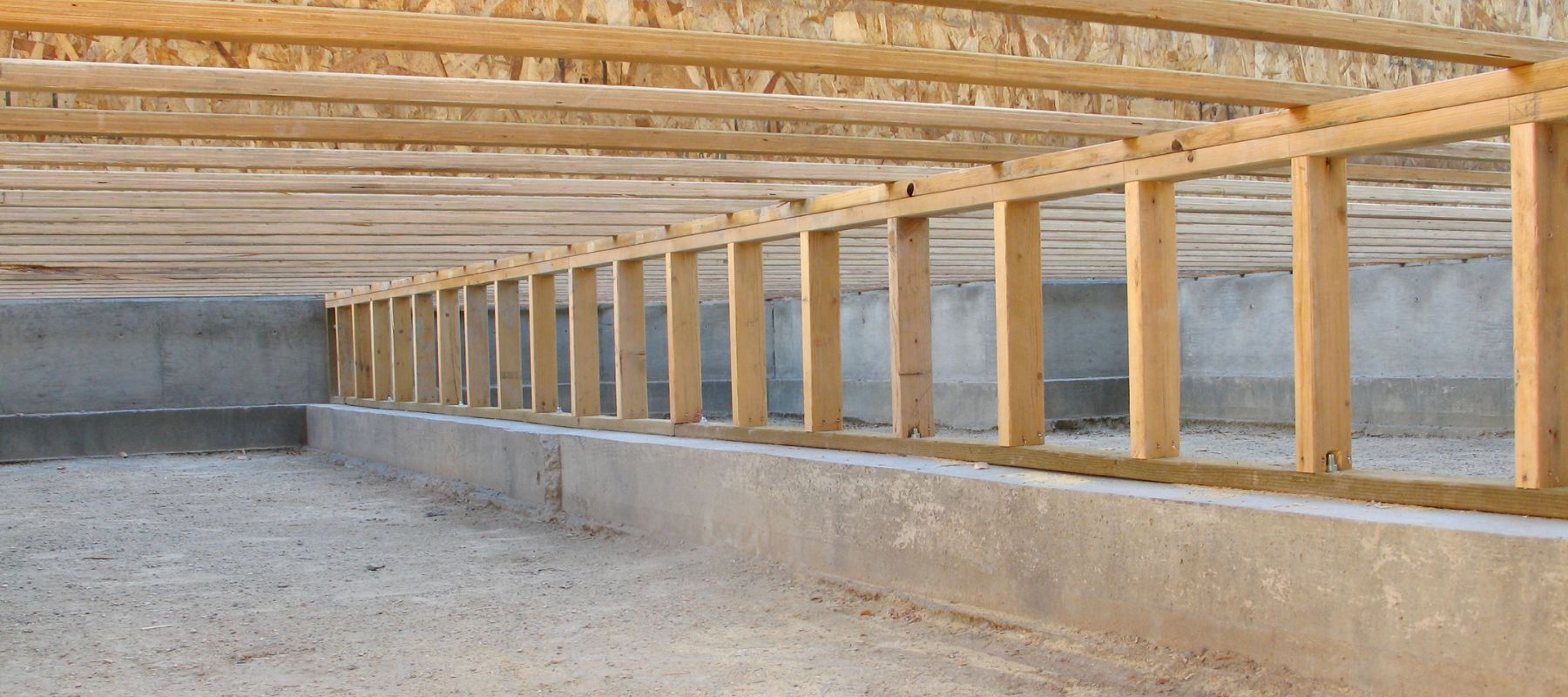
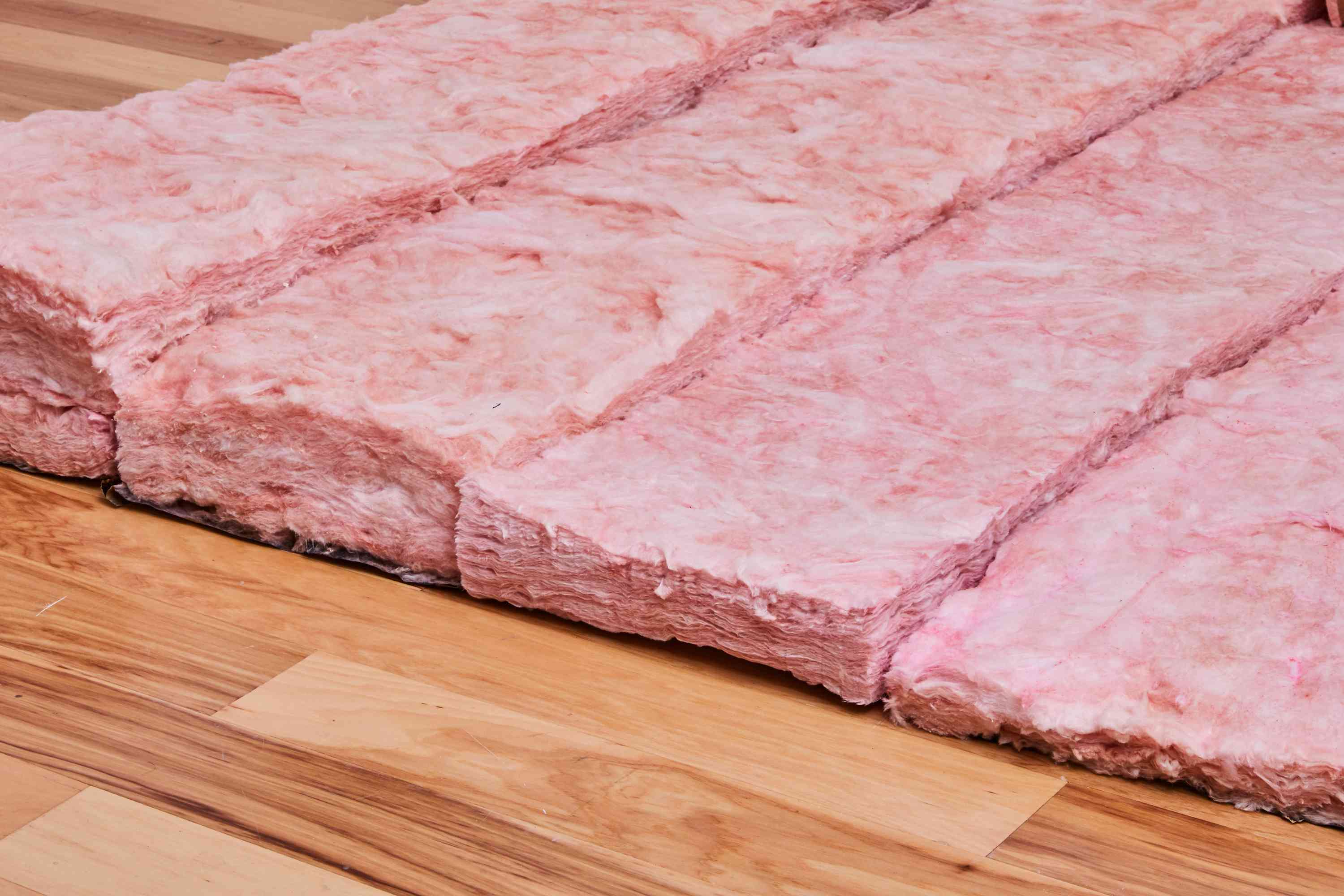
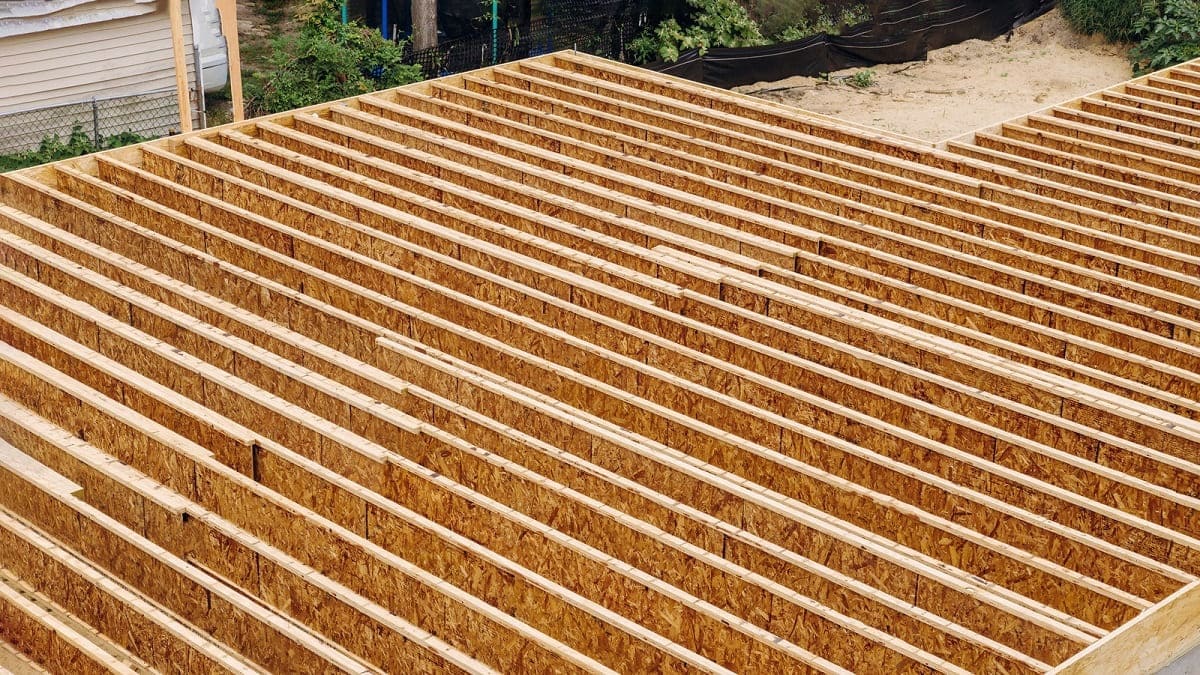
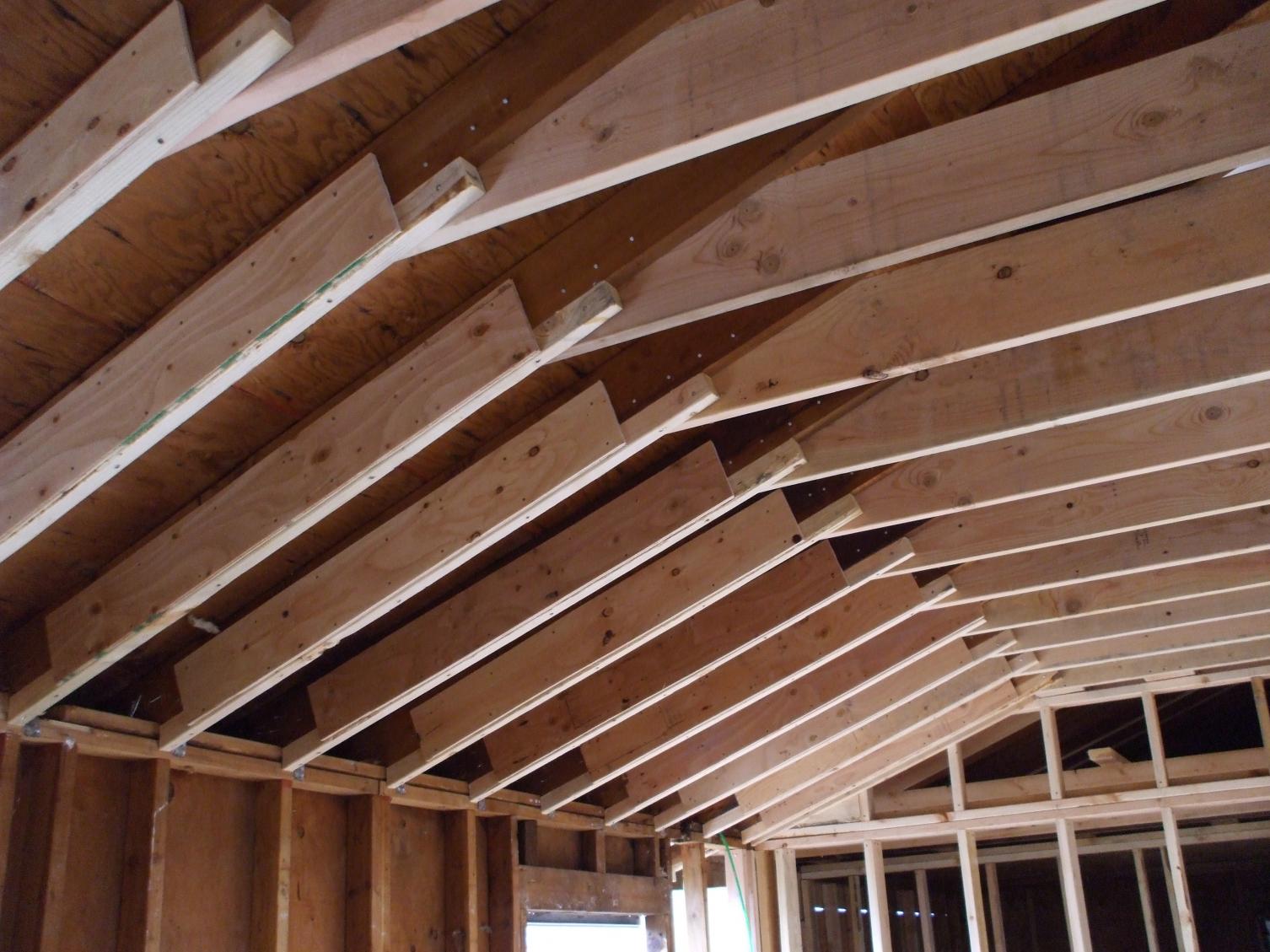
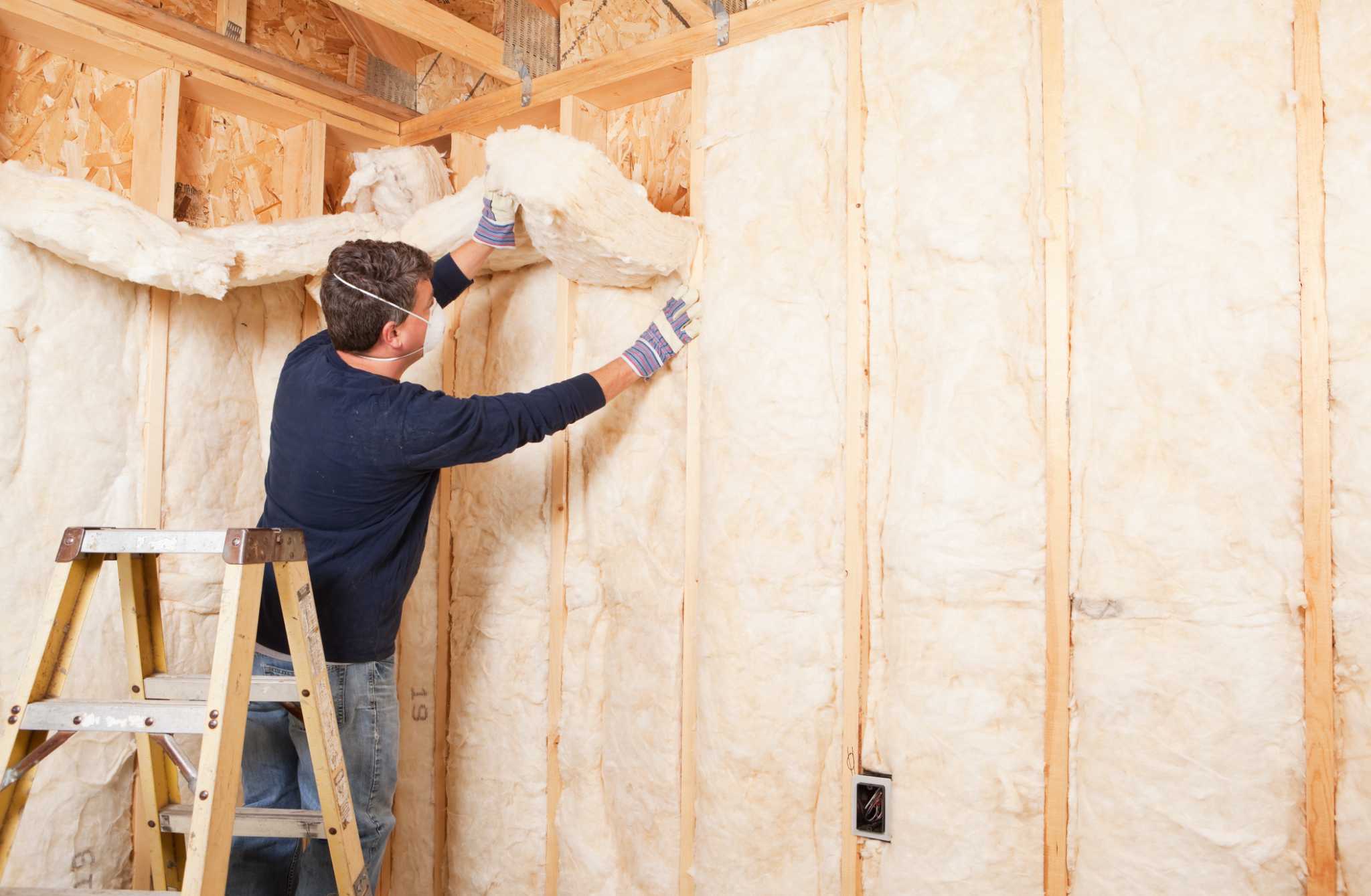
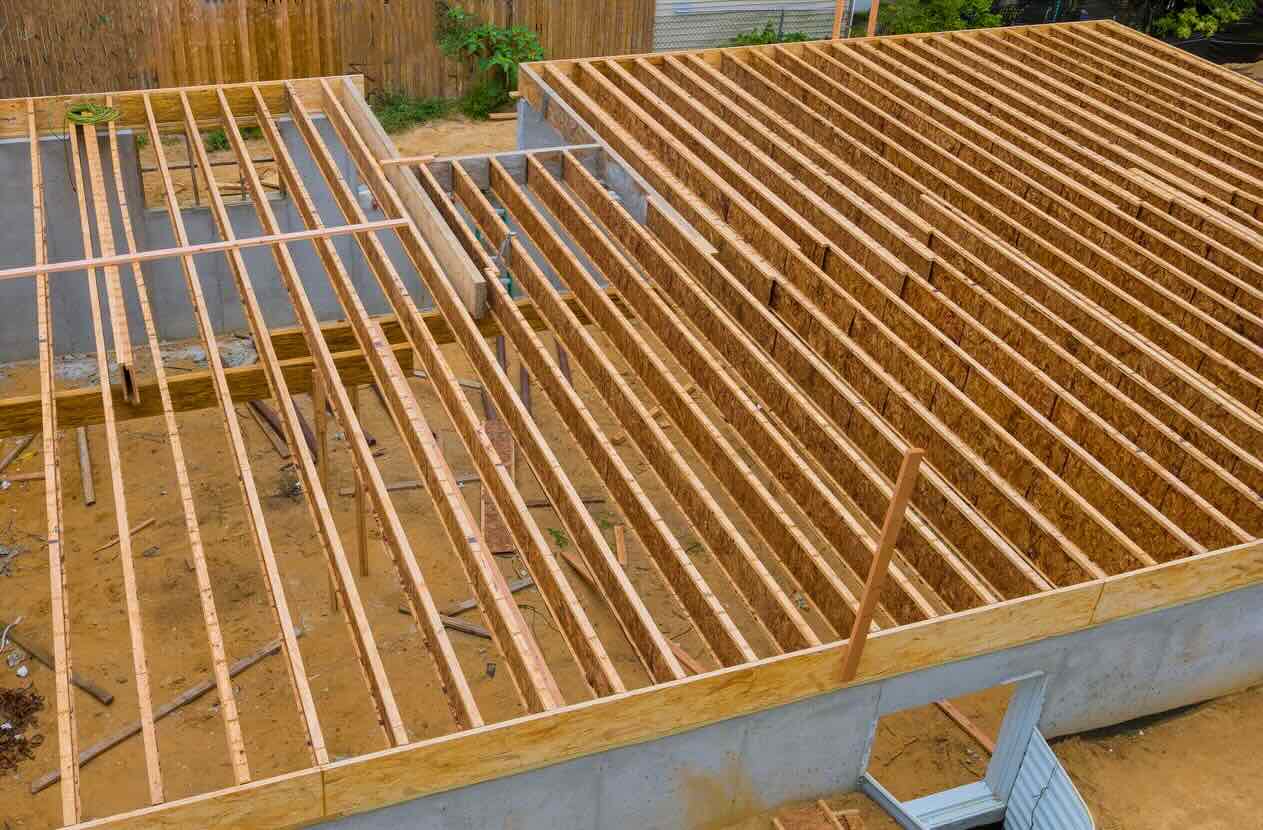
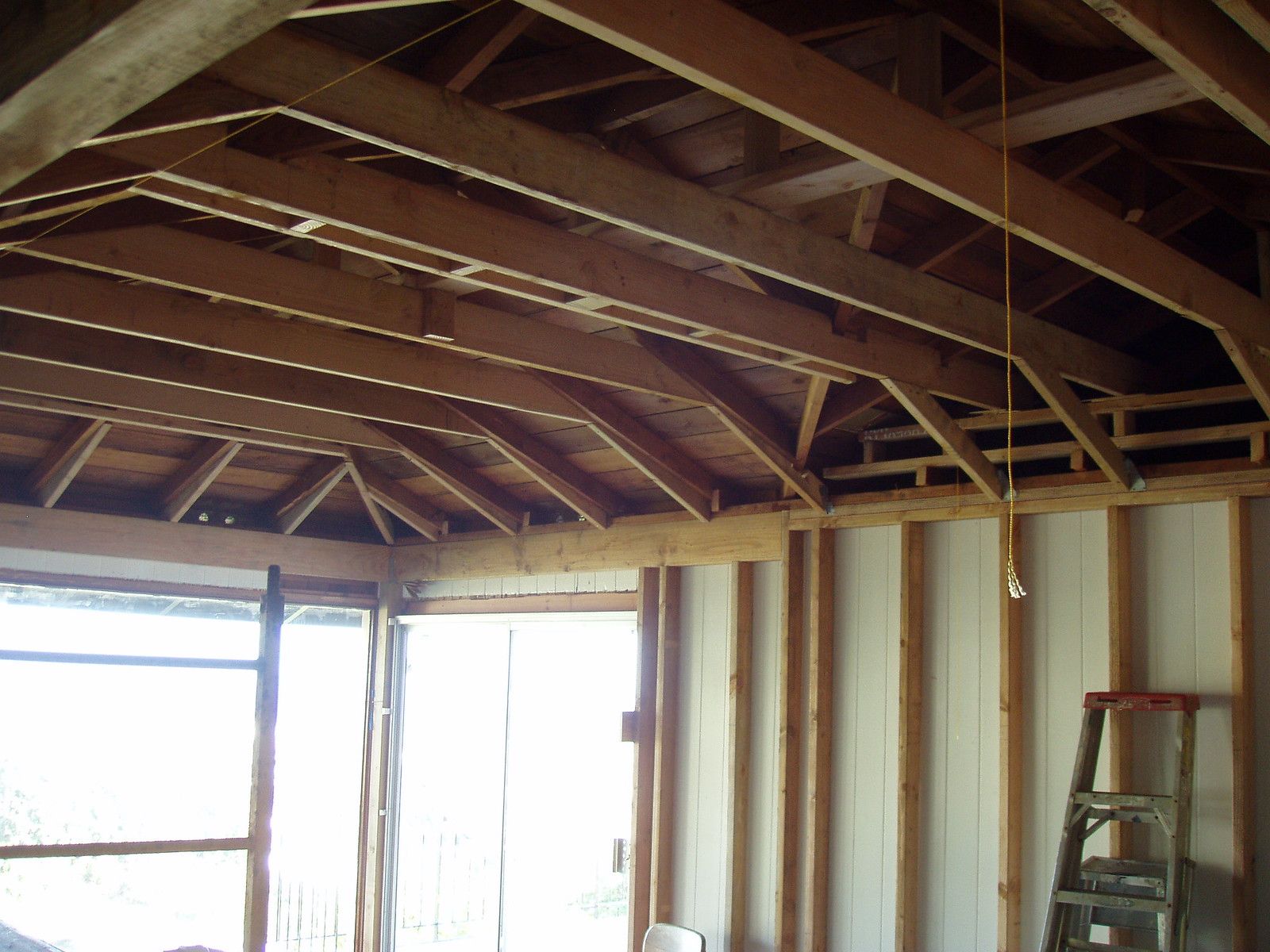
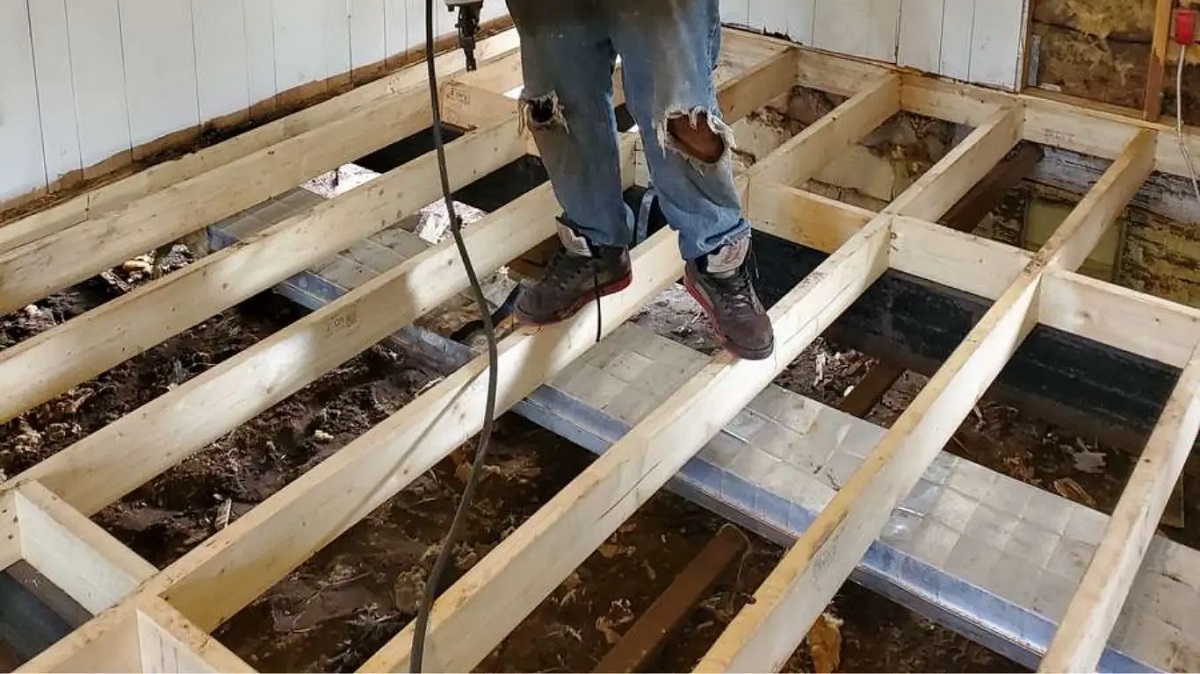
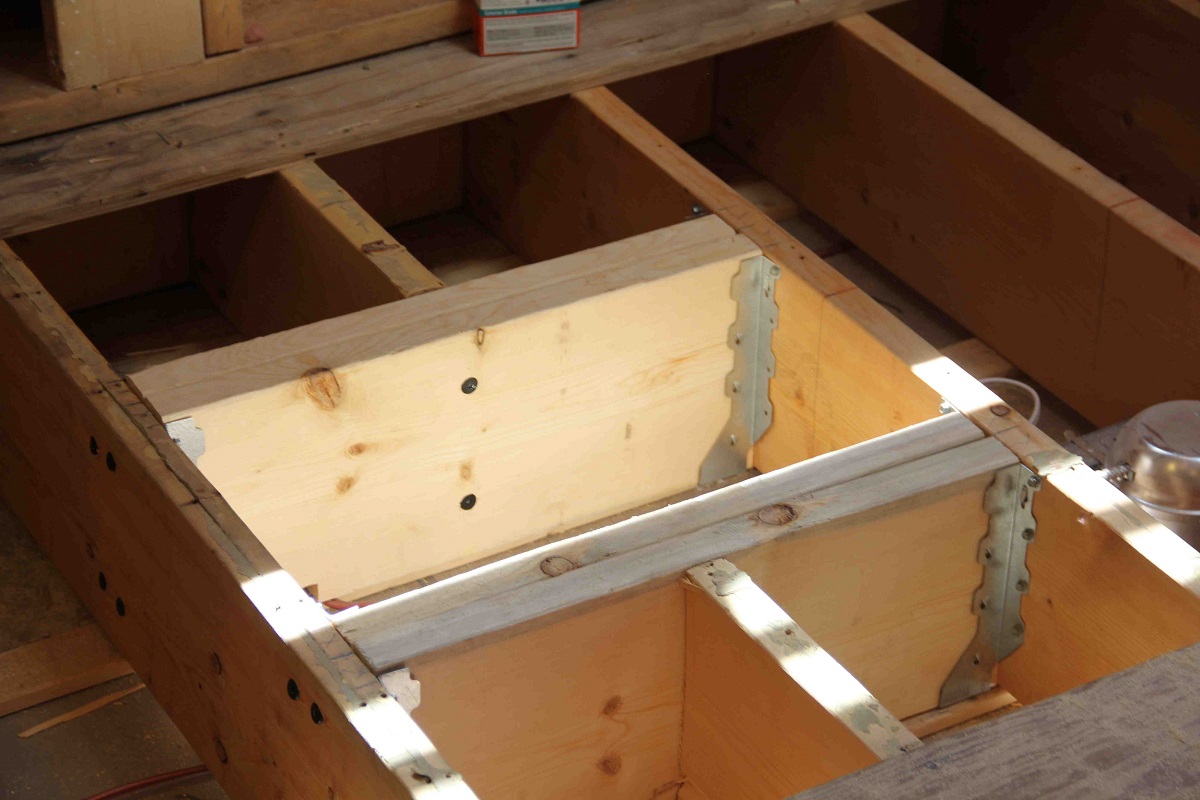
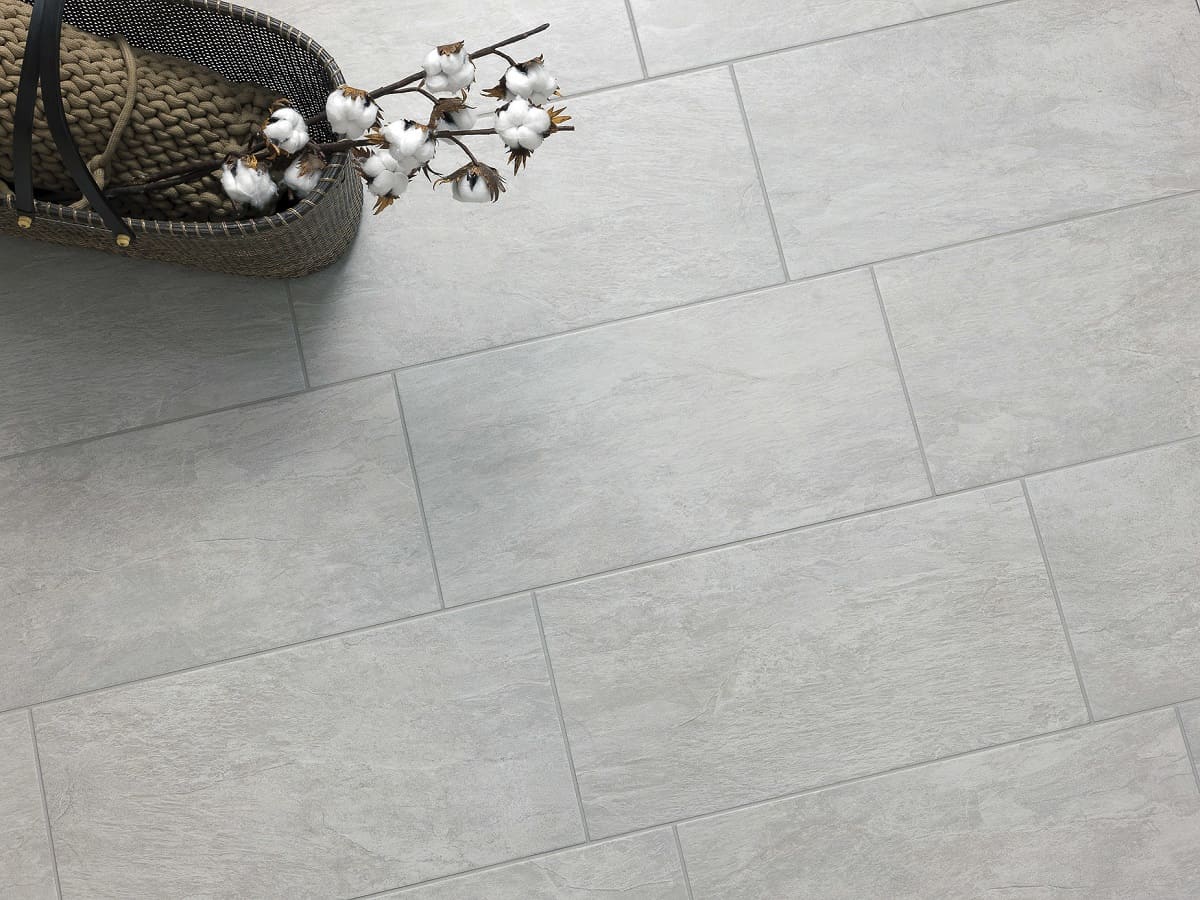
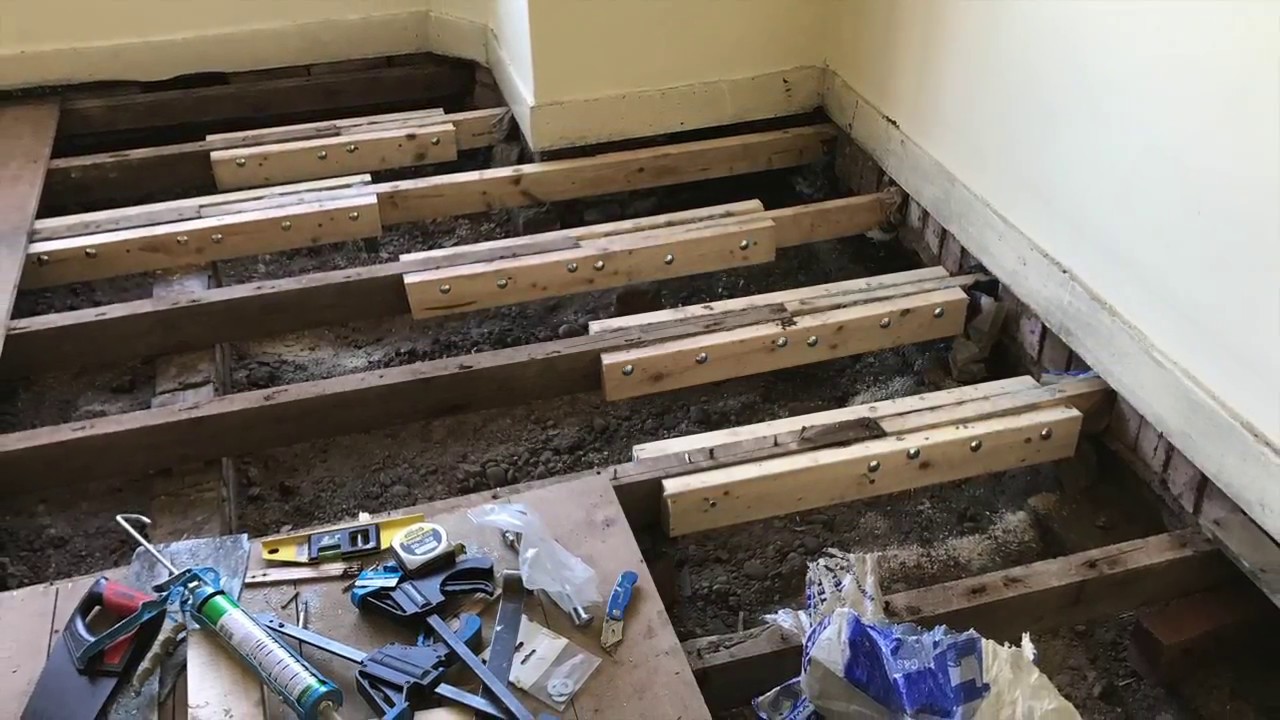

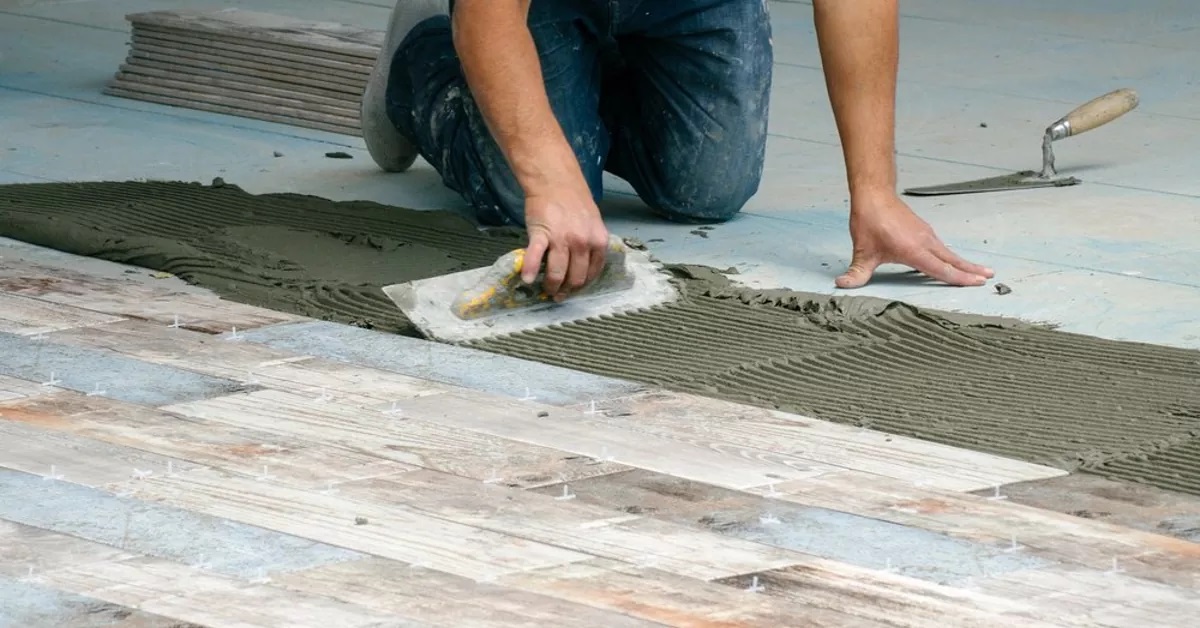

0 thoughts on “What Size Insulation For 2X8 Floor Joist”